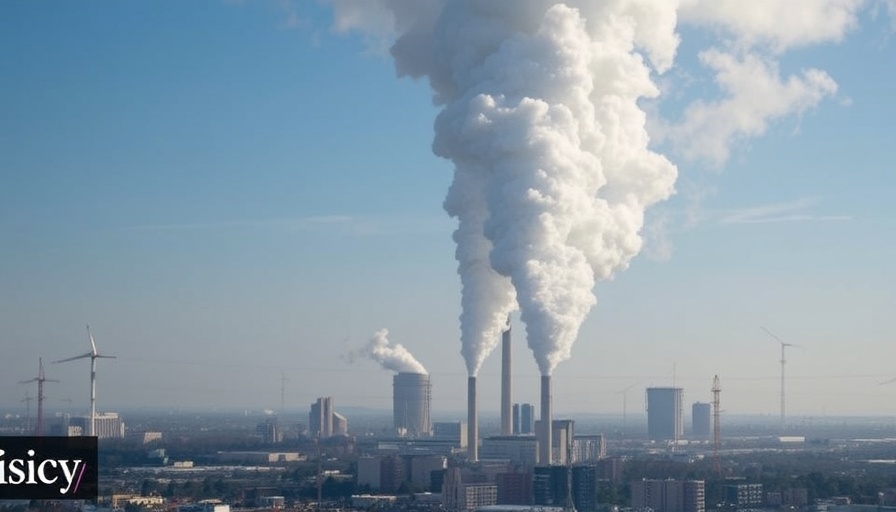
Coral Conservation in Crisis: The Role of Probiotics
The oceans, often referred to as the lifeblood of our planet, are facing unprecedented challenges. Among the most pressing is the stony coral tissue loss disease (SCTLD), devastating coral populations off the coast of Florida and throughout the Caribbean. However, emerging scientific research presents a glimmer of hope through the use of beneficial bacterial probiotics, particularly the strain MCH1-7.
What Makes MCH1-7 Special?
First identified by scientists at Smithsonian Marine Station in 2018, the MCH1-7 strain was discovered on a coral colony that exhibited natural resistance to SCTLD. This unique ability stems from a compound produced by the bacteria called tetrabromopyrrole (TPB). Research suggests that this compound could serve as a settlement cue for coral larvae, thereby enhancing both recruitment and resilience against disease. Jennifer Sneed, a biologist from the Smithsonian Marine Station, emphasizes the significance of TPB: “If TBP is a natural settlement cue, and if bacteria that also produce this compound protect corals from disease, it makes sense that larvae would settle where those compounds are being produced.”
Testing the Waters: Innovative Application Techniques
To evaluate this probiotic's effectiveness, scientists implemented a dual-approach trial. The first method involved a whole-colony treatment where MCH1-7 was injected into seawater contained within a mesh bag placed around Montastraea cavernosa, commonly known as the great star coral. The second method directly applied a paste form of the probiotic to diseased coral lesions. Following close observation, researchers found that the whole-colony treatment significantly reduced tissue loss—only 7% loss as compared to 35% in untreated corals over a span of 2.5 years.
Understanding the Impact of Probiotics on Coral Health
This promising research underscores the potential applications of probiotics in marine conservation, especially in fighting coral disease. While individual lesion treatment through paste was less effective, the whole-colony approach proved beneficial in promoting long-term resistance to SCTLD. Critical to this method is the careful application by divers, which ensures minimal disturbance to other nearby marine life. With a more sustainable approach, researchers believe that it could become a feasible treatment option for entire coral colonies as they work to rebuild and rejuvenate these vital ecosystems.
Future Directions: What Lies Ahead for Coral Restoration?
Despite the encouraging results, further research is essential. Scientists are prompted to explore various strains and concoctions of probiotics, assessing their potential in preventing SCTLD across diverse coral species. Understanding these microbial ecosystems could illuminate pathways for improving the resilience of coral reefs in an era increasingly defined by environmental stressors.
Making a Difference: A Call to Action
As more information emerges about innovative treatments like MCH1-7, it is crucial for homeowners, sellers, and property investors, especially those in coastal areas like Dumfries, to stay informed. Knowing about the ecological health of coral reefs can have far-reaching implications for property values, local ecosystems, and community resilience. By supporting sustainable practices and remaining aware of marine health, individuals can play a pivotal role in advocacy for coral preservation efforts.
Conclusion: Hope on the Horizon
The findings on probiotic treatments offer hope not just for coral conservation, but for broader environmental health as well. By integrating science with community awareness and action, we can safeguard not just our oceans, but the future of coastal living and vibrant ecosystems. We encourage readers to advocate for sustainable marine practices and remain informed about innovations in conservation that impact both nature and community viability.
 Add Row
Add Row  Add
Add 





Write A Comment